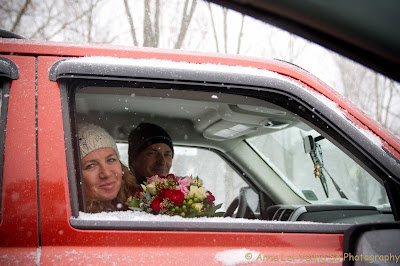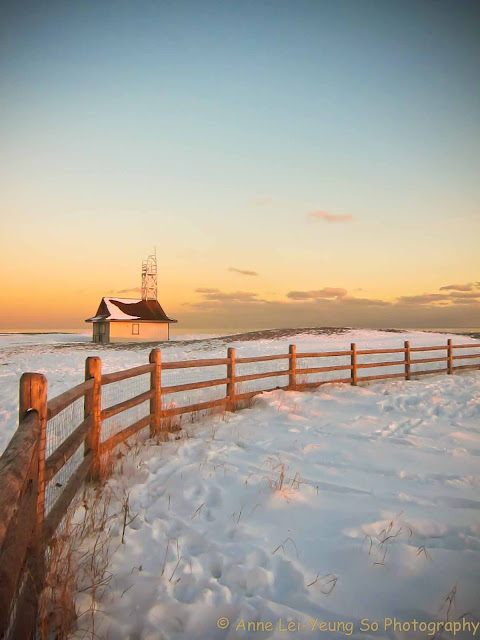 |
Learning about tapping with Tasha and Aaron (behind the lens)
|
If I could drink it all the time, I would....I love maple syrup.
In elementary school in Ontario and later as French immersion student in Quebec I participated in some maple tapping and some fun times aux cabanes à sucre. I remember it being fun to be outside but being cold enough that you had to defrost your eyelashes! The cold was always worth it once the hot maple was poured over snow...I loved using sticks to lift up the delicious taffy.
What I learned over the past years is that people are tapping maples around the world even in places that are not sure cold as once believed necessary to get the right sap runs to make syrup. In warmer climates, it doesn't come out as sweet, thick or as taffy-like, but is more maply (hmm is that a word?) and really amazing.
What's amazing is that maple syrup has great health benefits too...it's nutrient rich, a natural anti-inflammatory, is high in anti-oxidents...straight maple sap has been used around the world as a health tonic for many generations.
Backlund Backwoods Forest in Ladysmith offered a tapping workshop last weekend and I went with my friends Aaron and Tasha...we will hopefully get a chance to try this out soon!
If you are interested in Maple Tapping in the west coast of North America take a look at the website http://www.blmaple.net/ or find a copy of Bigleaf Sugaring: tapping thewestern maple,
by Gary and Katherine Backlund.
 |
| Drill upwards to avoid water damage to tree after tap removal |
 |
| You can taste it right away, use the straight sap to make tea or cook, or make syrup. |
 |
| Small, coppiced trees work well for efficient collection. |
 |
| Wet areas are the best. |
 |
| It takes 40 L of sap for 1 L of syrup. |
 |
| BC Style sugar shack! It takes many hours and patients to evaporate the sap. |
 |
| The tap holes heal over time and don't damage the trees in the long term. |

























